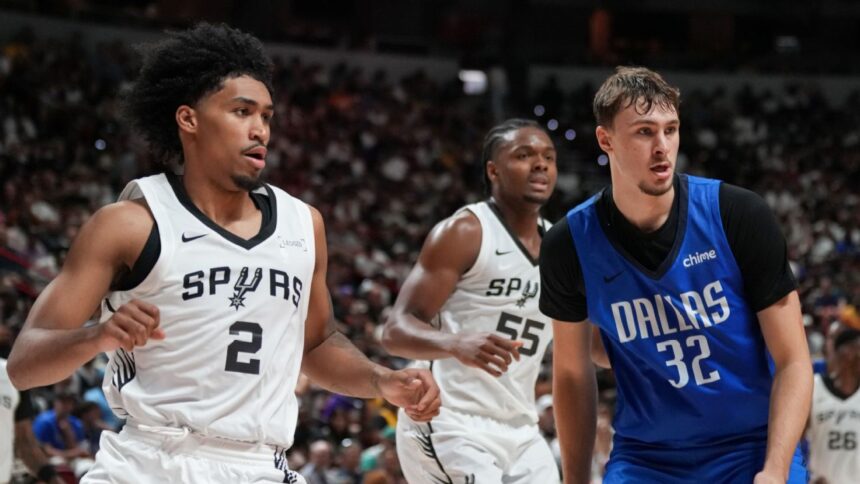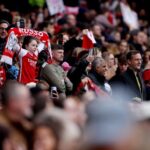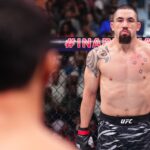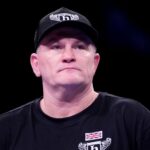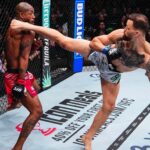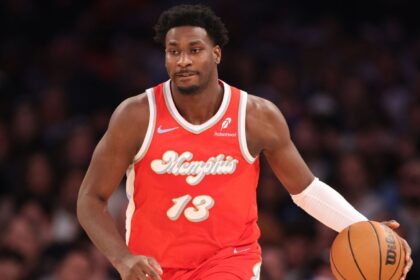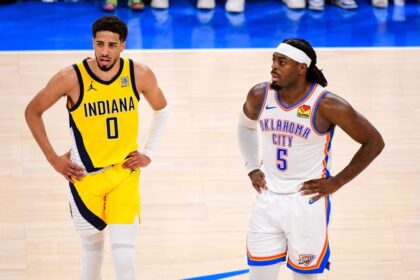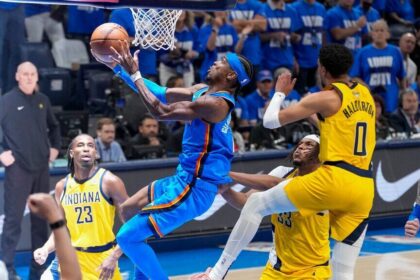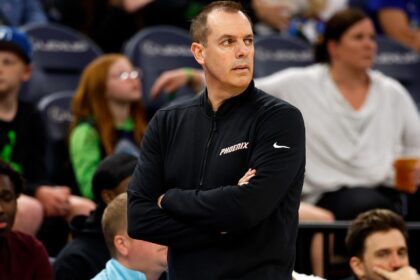Deep Dive into the 2025 NBA Draft: Executives’ Perspectives
The 2025 NBA Draft has concluded, with the summer leagues serving as the stage for the debut of the new rookie class. Teams are already turning their attention to the next season, analyzing the performance of their new acquisitions.Following the annual event in Las Vegas, where the number one draft pick, Cooper Flagg, and other players stood out, a survey was conducted to gather initial opinions on the draft and the expectations of NBA teams regarding their new talents. Jeremy Woo from Alofoke Deportes surveyed 20 anonymous NBA executives and scouts, asking them about the rookie class for the 2025-26 season. Based on their preliminary evaluations and observations from the preseason, the participants cast their votes on five key questions.
- Who could challenge Flagg for the Rookie of the Year award?
- Which players were considered possible draft “steals”?
- Who are the favorites to be the first pick in the 2026 draft?
Who will be the Rookie of the Year?
- Cooper Flagg (Dallas Mavericks, No. 1): 17 votes
- Dylan Harper (San Antonio Spurs, No. 2): 2 votes
“I assume someone like Bailey or Johnson could outscore Cooper as a rookie,” said an Eastern Conference executive, “but Cooper will make more significant contributions that will lead Dallas to the play-in phase.”
Eastern Conference Executive
Who will be the Best Draft Pick, aside from Flagg?
- VJ Edgecombe (Philadelphia 76ers, No. 3): 10 votes
- Dylan Harper (Spurs, No. 2): 6 votes

Harper, from San Antonio, the second selection from Rutgers, obtained six votes, and some consider the Spurs a good landing spot despite a crowded backcourt situation, with Harper joining 2024-25 Rookie of the Year Stephon Castle and the recently acquired De’Aaron Fox. Harper’s pick-and-roll prowess and his cunning and powerful playing style made him the Spurs’ choice, who have been optimizing additional playmaking around Victor Wembanyama going forward. Even if he ends up coming off the bench as a rookie, Harper is projected as a key player in the long term.“VJ could be the second-best player in Philadelphia by the end of the season, considering Joel Embiid’s uncertain health,” said an Eastern Conference general manager. “He’s that good and will thrive playing in Nick Nurse’s system.”
Eastern Conference General Manager
“He has some Ginobili in his offensive game,” said a scout from the Western Conference. “If the 3-point shot becomes a real weapon [for him], it makes Fox expendable and gives San Antonio a good trade asset.”
Western Conference Scout
Who will be the biggest “steal” of the draft?
- Carter Bryant (Spurs, No. 14): 5 votes
- Joan Beringer (Minnesota Timberwolves, No. 17): 4 votes
- Kasparas Jakucionis (Miami Heat, No. 20): 2 votes
This question generated the widest range of answers, with several voters offering double answers. Spurs rookie Bryant received the most votes after his excellent defensive play in the Las Vegas summer league. The Arizona forward was widely expected to leave earlier, with potential suitors in Portland and Atlanta shedding their late lottery positions and dropping him to San Antonio’s spot.
“Bryant will become an impact defender who can hit threes and be part of their core,” said an Eastern Conference scout. “We’ll look back in several years, as the Spurs are winning big, and people will mention that they selected Castle at fourth [in 2024] and Bryant at 14 to pair them defensively with Victor as draft “steals”.” There was also enthusiasm surrounding Beringer, another defense-oriented prospect who played well in Las Vegas. The 18-year-old French center has only played competitive basketball for four years, but has shown strong instincts as a shot-blocker, rebounder, and earned a first-round draft spot after entering last season as a less-known talent. Beringer attracted late lottery interest, but ended up falling to the Timberwolves after three centers, Derik Queen, Thomas Sorber, and Yang Hansen, were selected in the four picks before him at the 17th spot. He will be a backup to his compatriot and three-time Defensive Player of the Year Rudy Gobert next season.“Beringer could become a top-five player in this draft,” said the Eastern Conference general manager. “The potential is enormous and he doesn’t even know how to play yet. He’s also in a perfect situation where he can learn and grow from all the greats.”
Eastern Conference General Manager
What selection was the biggest disappointment of the draft?
- Egor Demin (Nets, No. 8): 7 votes
- Yang Hansen (Trail Blazers, No. 16): 4 votes
- Cedric Coward (Grizzlies, No. 11): 3 votes
Three players received multiple votes from the panel: Demin, Yang, and Coward, with the Nets’ point guard receiving the most scrutiny. Brooklyn had five first-round picks and ultimately made and listed all five, allowing for a strategy that led to several attempts with playmaking prospects, including Demin. At 6 feet 9 inches, Demin has excellent passing skills, but he was divisive for teams throughout the season, as he had ups and downs adapting to college basketball at BYU.
Yang was undoubtedly the most surprising pick of the draft, as most teams expected him to go in the early second round before the Trail Blazers traded with the Grizzlies from the 11th to the 16th pick and selected him much earlier. The 20-year-old center turned out to be a priority for the Blazers, who secretly coveted him after monitoring him for the past two years. Yang had a good performance in the summer league, continuing to show excellent playmaking instincts and promising offensive ability (10.8 points, five rebounds, and 3.8 assists in four games). Even so, there was a feeling that he was selected a bit too early in relation to how some evaluated the board, with concerns about his foot speed and defensive projection, key questions as his career progresses.“Even if you believe in [Demin] as a starting NBA player, and I don’t, it seems like he could have been obtained at the end of the lottery, or even later,” said an Eastern Conference executive.
Eastern Conference Executive
Coward, the player finally selected at number 11 by Memphis in that trade deal, was a significant riser in the pre-draft process. But after playing only six games at Washington State due to an injury, some in the league considered him more inexperienced than would be considered optimal for a typical late lottery pick. The Grizzlies selected him as part of their replacement plan for Desmond Bane, whom they traded last month to the Magic.“I like [Yang], I just didn’t see it coming, with him going right outside the lottery,” said another Eastern Conference executive.
Eastern Conference Executive
A scout preferred not to answer, feeling that it is difficult to criticize the selections without a full understanding of the evaluation processes of other teams. “If [your] team believed in the kid,” he said, “then take your kid.”“He’s a raw talent who needs to learn the game,” said a scout from the Western Conference. “But if he can shoot and defend [and translates], there’s an opportunity with his physical intangibles.”
Western Conference Scout
Who will be the first pick in the 2026 NBA draft?
- Darryn Peterson (Kansas): 12 votes
- A.J. Dybantsa (BYU): 8 votes
Unlike in 2025, when Flagg held the number 1 mantle from start to finish, there should be a lot of play on the court starting in the fall, with Dybantsa still very much in the picture. For a time, he was considered the heavy favorite for the first pick, with NBA teams very focused on him from his freshman year of high school.“Peterson stands out as the most complete and reliable option,” said an Eastern Conference executive, who voted for Peterson, considering him the most NBA-ready of the two players and emphasizing the maturity of his approach. “Every time I see him, he’s sharper, more refined, and continues to show growth, constantly raising his level of play. That hunger, consistency, and drive to improve translates directly into a winning impact.”
Eastern Conference Executive
While Dybantsa hasn’t shown the same level of polish, the long-term argument for his potential as the best in his class remains valid: he has the typical skills of a star wing player, such as an elite athlete capable of physically dominating matchups at both ends. After leading the U.S. team to a FIBA U19 World Cup title in Switzerland earlier this month, Dybantsa will be the most hyped prospect to have played for BYU, where he will have a significant runway to make his case. His development as a 3-point shooter will be critical.“It’s a total toss-up at this point, there’s no consensus yet,” said a Western Conference executive, who also voted for Peterson. “Peterson feels a little more complete offensively and can function on and off the ball, which leads to a couple more successful “escape ramps” for him. I think A.J. has more star quality because he’s a better athlete. I like that Peterson’s skill and court maturity already seem higher; he’s already been forced to expand other parts of his game.”
Western Conference Executive
While only Peterson and Dybantsa received votes and are driving the initial discussion, a strong trio of first-year prospects completes our initial top five: Duke’s big man Cameron Boozer, Tennessee’s forward Nate Ament, and Louisville’s guard Mikel Brown. As the 2026 draft cycle begins, we will be closely monitoring how NBA teams view the top names.“They are a similar level of prospect… A.J. is 6 feet 9 inches and in this league, size still matters,” said an Eastern Conference scout, who voted for Dybantsa. “I think [BYU coach] Kevin Young will put him in excellent positions to showcase and grow his game this year. Peterson will have to fight against the lack of space that Kansas seems to have.”
Eastern Conference Scout

